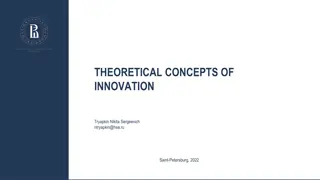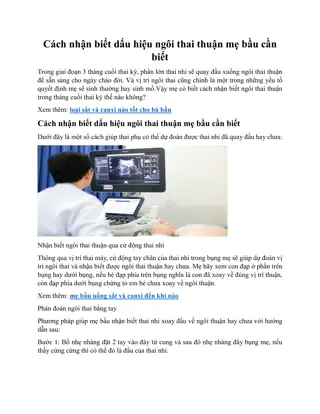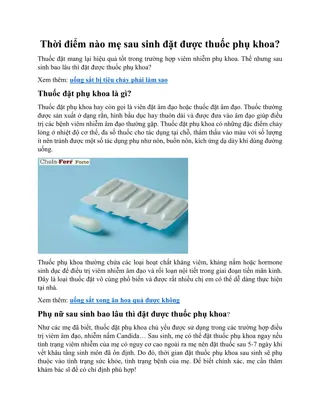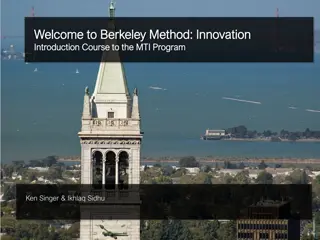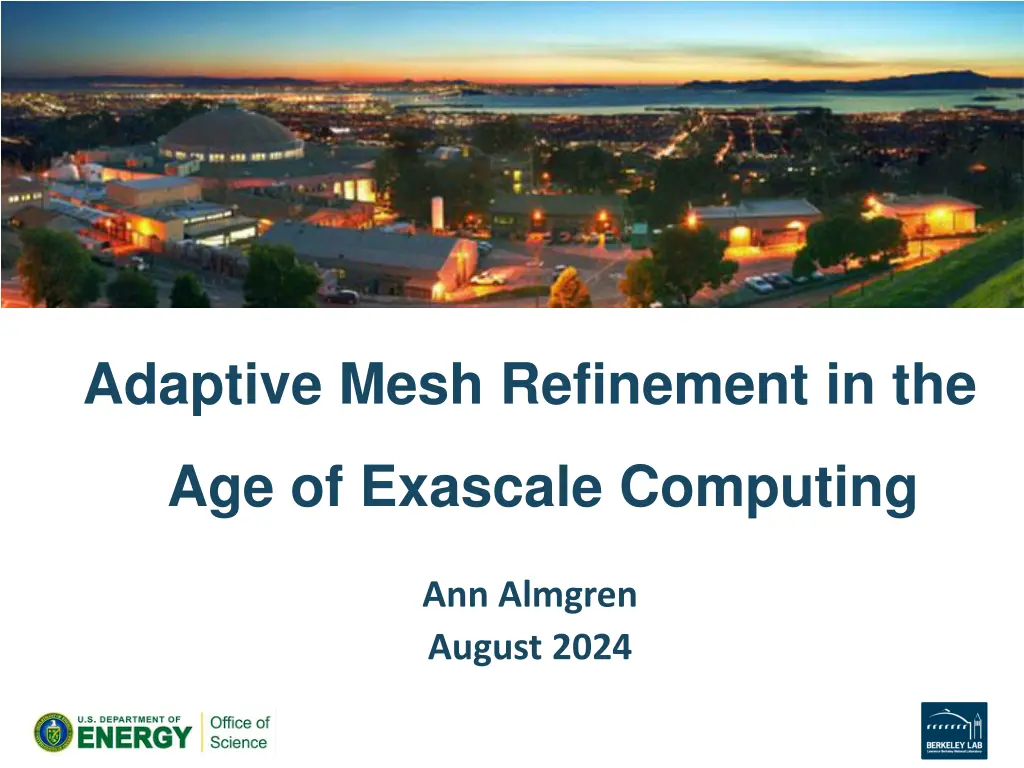
Adaptive Mesh Refinement in the Age of Exascale Computing
Explore the evolution and challenges of Adaptive Mesh Refinement (AMR) in computational science, focusing on block-structured AMR's history, software updates, and the complexities of varying physics representations. Discover how AMR is vital for simulations at multiple resolutions in the exascale computing era.
Download Presentation

Please find below an Image/Link to download the presentation.
The content on the website is provided AS IS for your information and personal use only. It may not be sold, licensed, or shared on other websites without obtaining consent from the author. If you encounter any issues during the download, it is possible that the publisher has removed the file from their server.
You are allowed to download the files provided on this website for personal or commercial use, subject to the condition that they are used lawfully. All files are the property of their respective owners.
The content on the website is provided AS IS for your information and personal use only. It may not be sold, licensed, or shared on other websites without obtaining consent from the author.
E N D
Presentation Transcript
Adaptive Mesh Refinement in the Age of Exascale Computing Ann Almgren August 2024
Defining Adaptive Mesh Refinement (AMR) Mesh refinement generically refers to finer resolution in some spatial region(s) than others. Sometimes we use nesting instead and sometimes coupling also implies change of resolution. These tend to imply statically defined regions. adaptive= solution-adaptive so possibly changing in time block-structured refinement = at each level the mesh is logically structured (but we can still have map factors and such) block-structured refinement = refinement always occurs in blocks as opposed to cell by cell refinement
Block-structured AMR has a long history in DOE In the world of DOE math / computing (i.e. ASCR), First developed for compressible flows hyperbolic conservation laws (1980s) 2-way nesting was straight-forward = average down + local reflux Computational astrophysics / cosmology were early adopters AMR for elliptic problems came later (1998-ish) 2-way synchronization across levels requires another elliptic solve (and reflux no longer a local operation) Extension to parabolic (e.g. implicit diffusion) was straightforward Extensions to other low-Mach number flows (e.g. anelastic, reacting) wasn t always straightforward but we now know how to use AMR for a number of different types of flows In this development path, the focus has always been on two-way coupling, but for relatively straightforward systems of equations.
But there are still challenges This all gets more interesting, and more challenging, when physics representations vary between scales, so the equations to be solved may not be identical at different levels of resolution we use different codes with different discretizations at different levels Example of ROMS/MPAS-O coupling from SEAHORCE (Rob Hetland, PI) project (courtesy of Kyle Hinson)
Software for AMR: Status Update We have the software experience and capability to support simulations using AMR. We are also getting much better at efficient coupling of codes, whether through external couplers or using more intrusive approaches. In the age of exascale computing means we have to care about having good software support for simulations on multiple regions at multiple levels roll your own is no longer feasible we can t assume a homogeneous architecture (i.e. a code that works on only on CPU or only with one flavor of GPU won t meet our needs) we can t assume the architecture will stay the same over time and the science applications shouldn t be trying to face this alone
Additional Challenges The challenges we should be focusing on now are how to couple across scales and across codes (methods). In addition, it is not always obvious what the refinement criteria should be. This example from the PAESCAL project (Hui Wan, PI) demonstrates the use of refinement in the 1-D CLUBB model; it is straightforward to see where the refinement should be once we know the solution (from a fine calculation), but not obvious a priori.
Takeaways Leverage the AMR software and the expertise that already exists but do so as part of a partnership / collaboration. Trying to use software thrown over the fence without longterm support is an exercise in frustration. We need domain knowledge to understand what models to use at what resolutions, and how to couple those models across length and time scales. Focusing on these issues both allows us to have more efficient and powerful simulation codes, but also increases our understanding of the multiscale phenonema we re studying. Deciding when/where to refine also requires both domain knowledge and good understanding of computational costs. We don t have to do it all at once. It is possible to improve one component (e.g. a single1D submodel) at a time while we also figure out how to effectively use mesh refinement more broadly.



